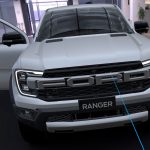OpenAI has launched GPT 5.2, a major model upgrade now available in both the API and ChatGPT. It is described as the company’s most…
C40 or XC60 – Volvo Recharge buyer’s guide
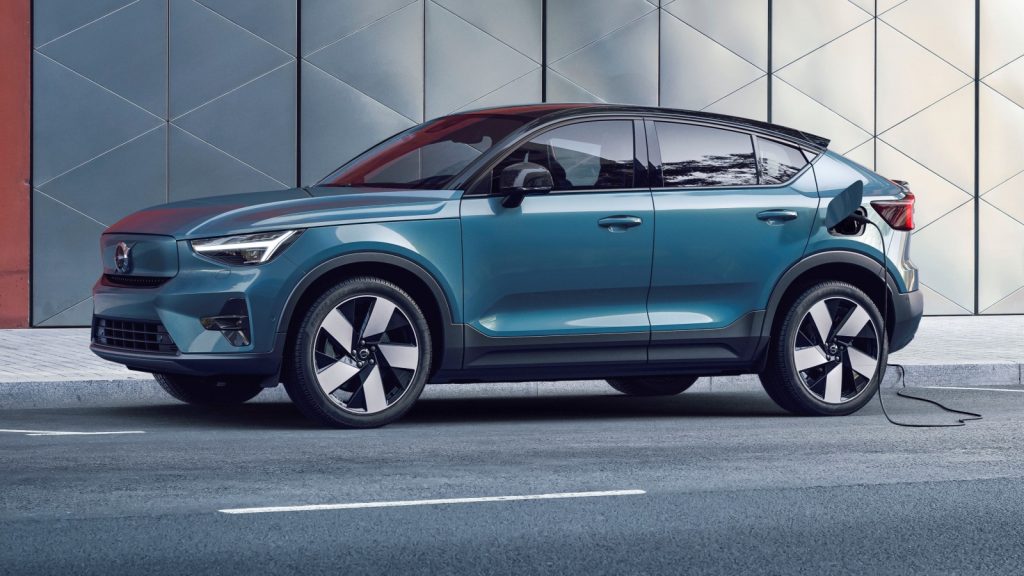
C40 EV or XC60 T8 Recharge? Despite the differences in size, this is a more valid question for South African luxury car buyers who want to plug-in.
Volvo is the most progressive of all legacy European car brands in its commitment to giving local buyers true alternatives to traditional petrol- or diesel-engined cars. And that’s not an easy positioning in the South African market.
Import tariffs remain unkind to hybrid and EV vehicles. The tyranny of distance when driving cross country is a reality that makes many South African luxury car buyers hesitant to try a vehicle with battery power. But what if blended powertrains are better?
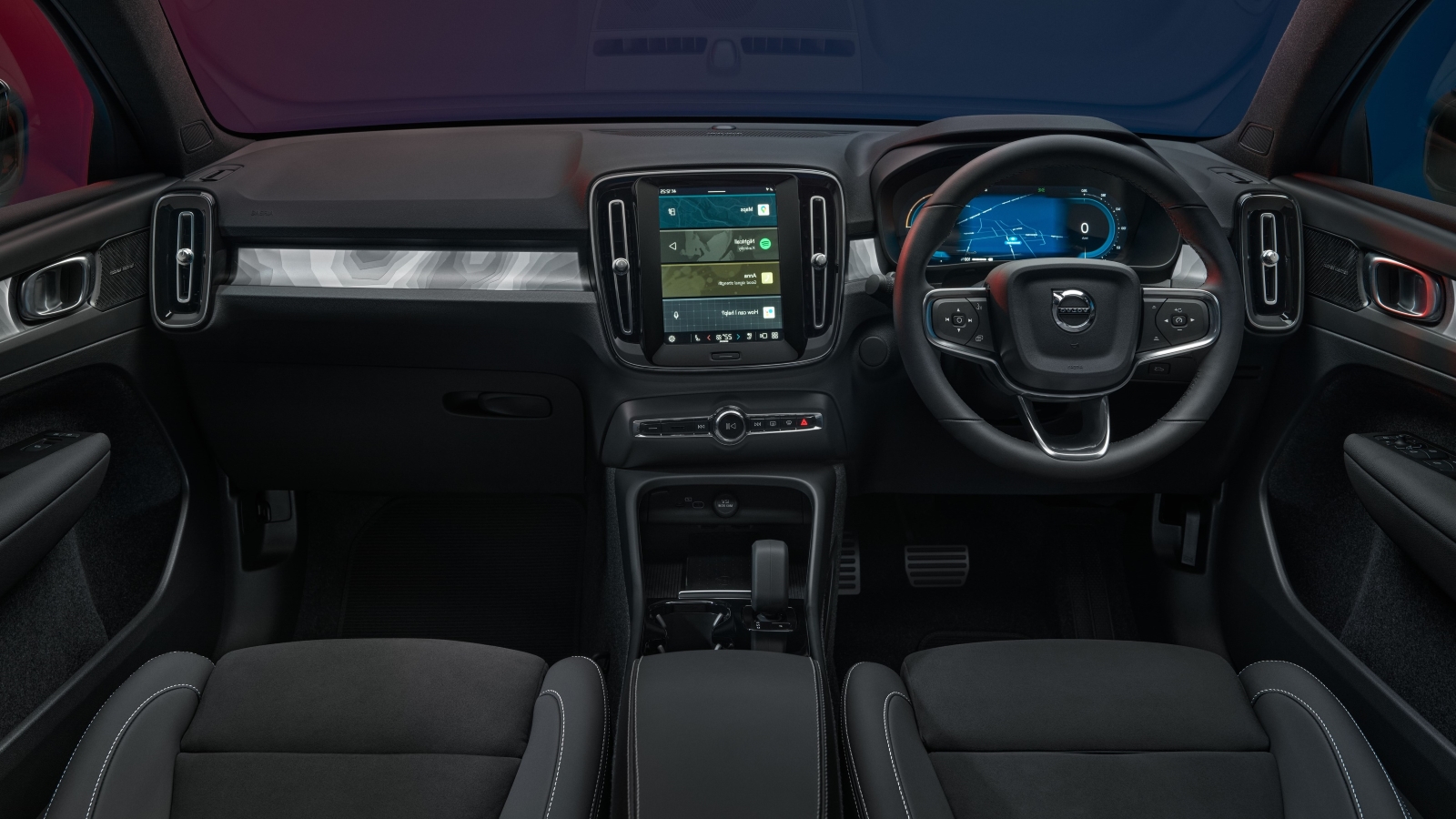
The PHEV reality
Product and marketing specialists at Volvo South Africa clearly understand that an adaptive approach is required for the currently available recharging infrastructure. Customers want to journey from Gauteng to the coast, or explore the Northern Cape, and that is a reality best navigated by a vehicle that doesn’t require long recharging times en route.
Beyond the marketing adaptability of Volvo’s approach, it is one of the few luxury car brands offering plug-in hybrid (PHEV) and EV options. The world’s most sophisticated car market – North America – has experienced a proportional shift in demand from EVs to hybrids.
Buyers are curious about integrating battery power into their driving experience but are not keen on tolerating discrepancies in charging infrastructure or itinerary tapering.
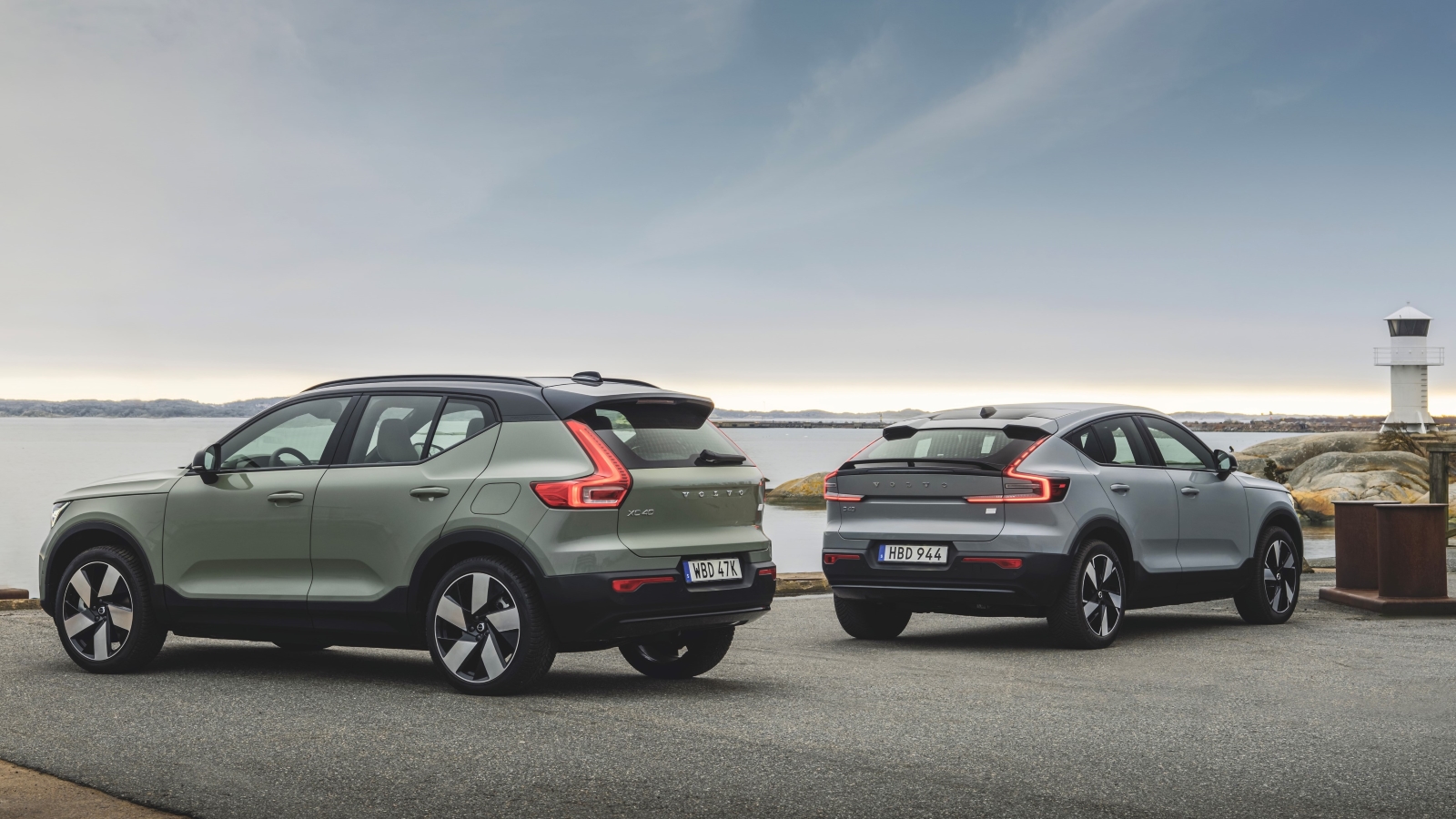
Large PHEV or mid-size EV?
Two of Volvo’s most interesting product offerings in the South African market are C40 Recharge Twin Motor and XC60 T8 Recharge. The differences in size and configuration between these two Volvo cars are significant. C40 Twin is a mid-sized crossover, while XC60 classifies as a large station wagon or SUV, depending on your marketing nous.
Notably, the C40’s platform is newer and more biased towards integrating battery packs. At the same time, the XC60 isn’t available as a pure EV, with the PHEV configuration being its most advanced low-emission derivative.
But how do these Volvos factor into the needs and realities of South African luxury car buyers who want iconic Swedish design, safety, advanced ergonomics, and a low- to zero emission vehicle signature?
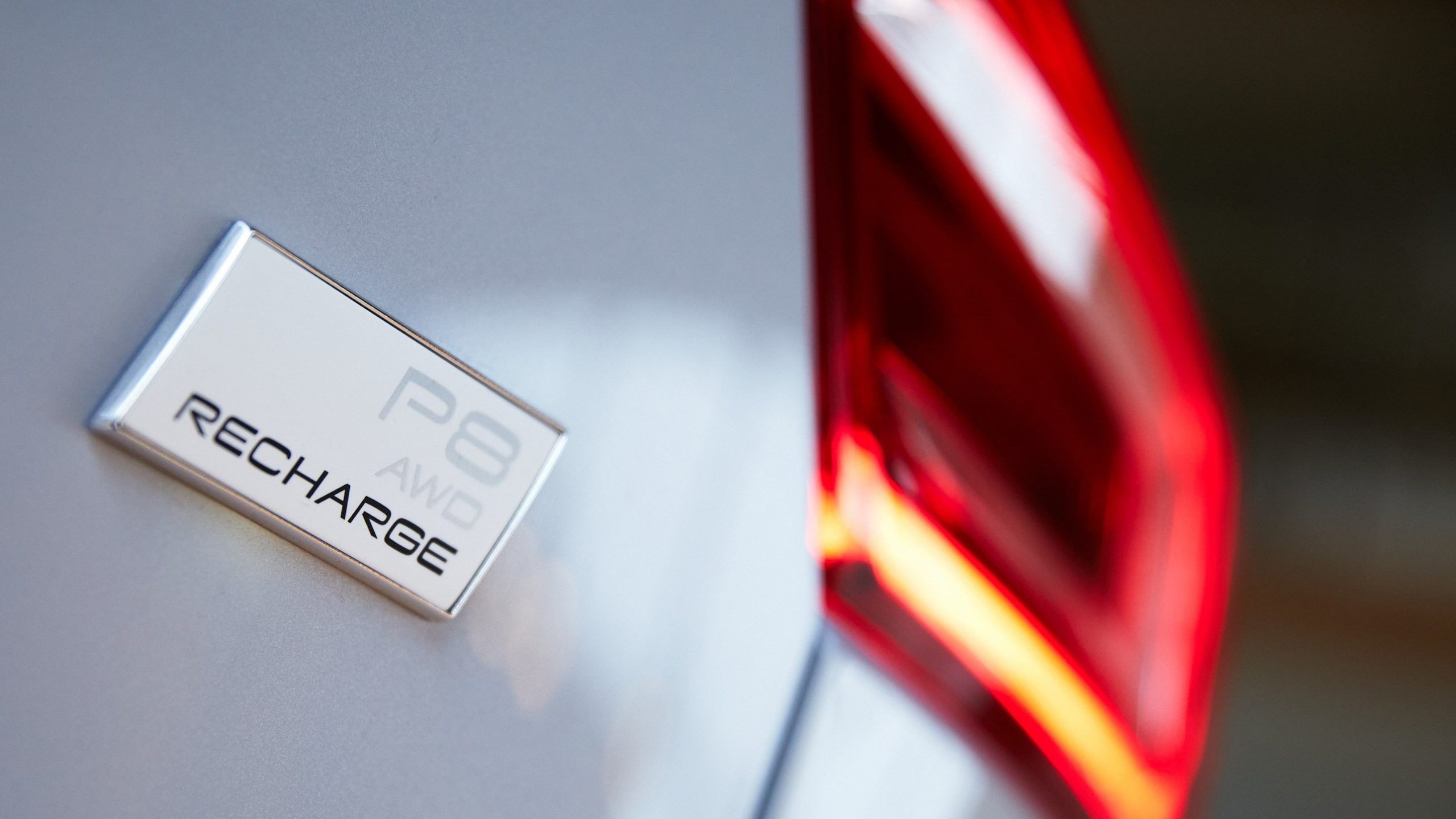
Thinking beyond the V8s
Volvo is much deeper into a transformed model lineup than most luxury car companies in terms of powertrains.
But how? One of the reasons is that it is not beholden to overly powerful V8s for profits, unlike Audi, BMW, Jaguar, Mercedes-Benz, Range Rover and Porsche. These brands have leveraged their large displacement V8 engines for power and performance, driving profit by building high-margin, performance versions of their luxury car platforms.
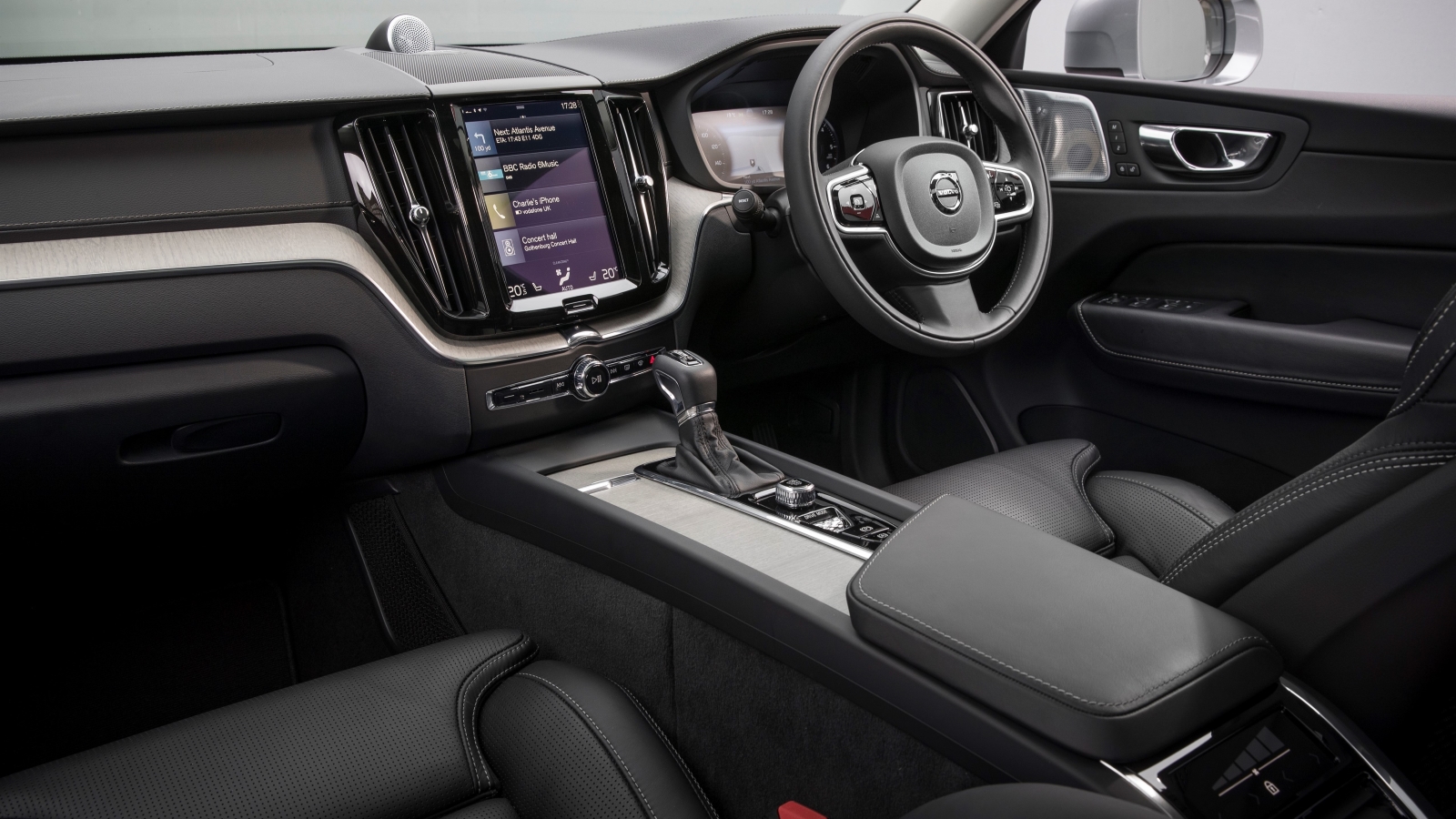
Rethinking the balance of performance
In a world where engine downsizing, in both capacity and cylinder count, is very real, all those European car brands are encountering a problem. They need to downsize engines and offer more four-cylinder options instead of V8s. And that means the differentiating powertrain feature, which was marketed as a ‘must-have’, has become redundant. Something very much to Volvo’s advantage.
Instead of top speed or lateral cornering g-force, driving comfort and safety have always been Volvo’s priorities in design. Its journey away from V8s started long ago, without customer alienation or resistance. That’s why Volvo product planners are at ease with prioritising EVs and four-cylinder PHEVs, as opposed to V6 and V8-engined cars.
But even within the Volvo product organogram, how does a buyer choose best between the brand’s latest new-energy vehicles?
The pricing context for C40 and XC60 T8 Recharge is closer tan you’d assume. The smaller EV is priced at R1 324 000, with the larger PHEV at R1 314 000.
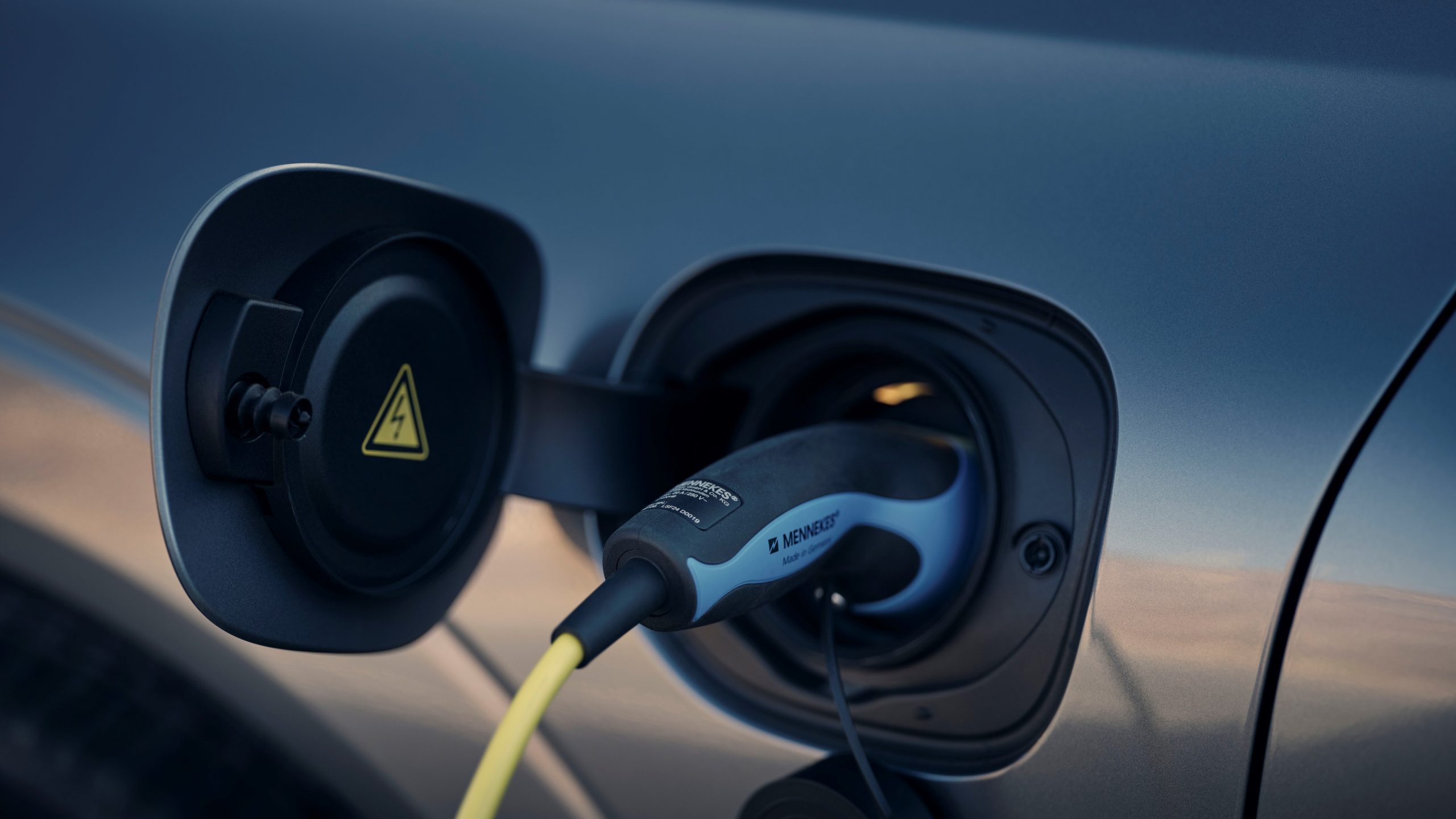
Choosing speed and smoothness
If you desire performance, the latest Twin Motor C40 is unrivalled. The law of unintended consequences applies to Volvo’s C40 Twin.
This is a crossover that is truly supercar fast from 0-100km/h, and requires a recalibration of driving style and situational awareness if you aren’t familiar with high-performance vehicles.
The intention with C40 Twin Motor isn’t performance. It’s range. But because more battery capacity is available, there’s better range and more power, thanks to that second motor. The conventional single-motor C40 is rear-wheel drive, powered by a 69kWh battery, delivering 175kW of motor output and 476km of driving range. Very credible numbers.
However, the Twin Motor version swells battery capacity to 82kWh, enhances traction with all-wheel drive, boosts range to 539km, and delivers epic acceleration, with 300kW of motor output.
The claimed 0-100km/h performance is 4.8 seconds, but because of the electric powertrain’s immediate throttle response, low-centre of gravity and all-wheel drive traction, it feels even faster.
If you desire a luxury car with a very safe margin for overtaking, few vehicles will rival a Twin Motor configured C40. Use the performance too frequently, and you’ll narrow driving range. A lot.

C40 driving experience
The ideal method of driving this Volvo EV is to be gentle and revel in its smoothness, using the immense reserves of performance only when needed. Like overtaking slower trucking traffic.
Be gentle with the electrons in its 82kWh battery pack, and the C40 Twin delivers a compelling case for no-compromise EV ownership in South Africa.
As recharging infrastructure improves, some early adopter EV drivers are discovering the limits of their vehicle’s onboard electric architecture. If your EV’s voltage is too low, it can’t recharge rapidly – despite being plugged-into a potent fast charger. Annoying.
But Volvo’s got it right with the Twin Motor C40. We never struggled to optimise charging during our test period, with its 400v architecture.
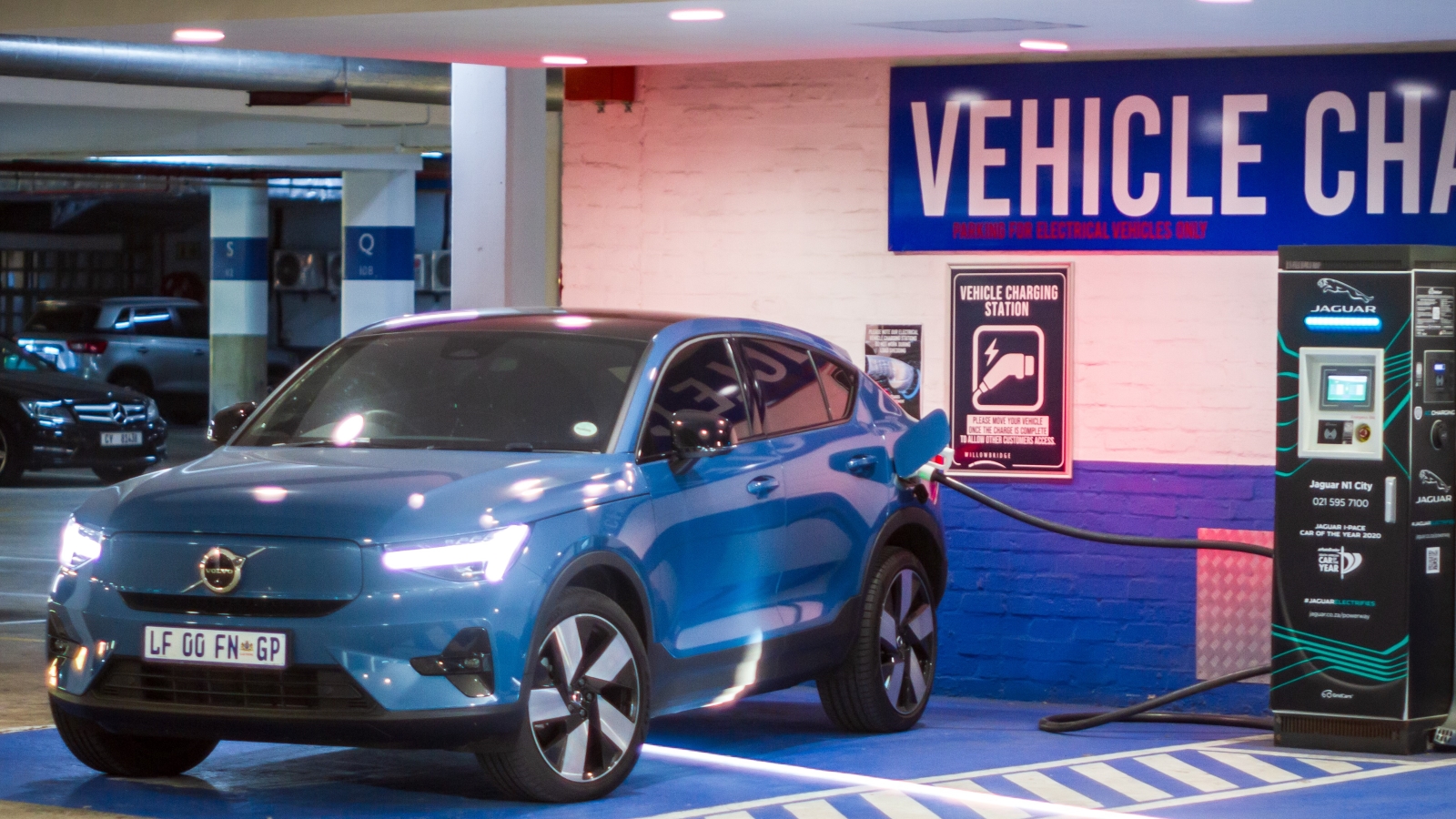
C40 rapid recharge
It can use up to 175kW of DC fast-charging power when plugged into a powerful public charger. And that makes a big difference between the convenience of stopping for slick shop-and-recharge at the mall. Or planning a longer, sit-down-and-eat expense to bide your charging time.
What about long-distance travel? Graded on driving refinement, cabin comfort (Volvo’s reputation for producing the comfiest seats is well in evidence with C40), and overtaking performance, the C40 Twin Motor is an outstanding long-distance luxury car.
But recharging it at one of the lower-power public chargers in rural South Africa, isn’t ideal. Especially if you arrive on-site, and find another vehicle already plugged-in, and charging, something potentially unavoidable despite the best planning and use of charging occupancy apps.
Still, as a dedicated urban and extra-urban EV, the Twin Motor C40 is excellent.
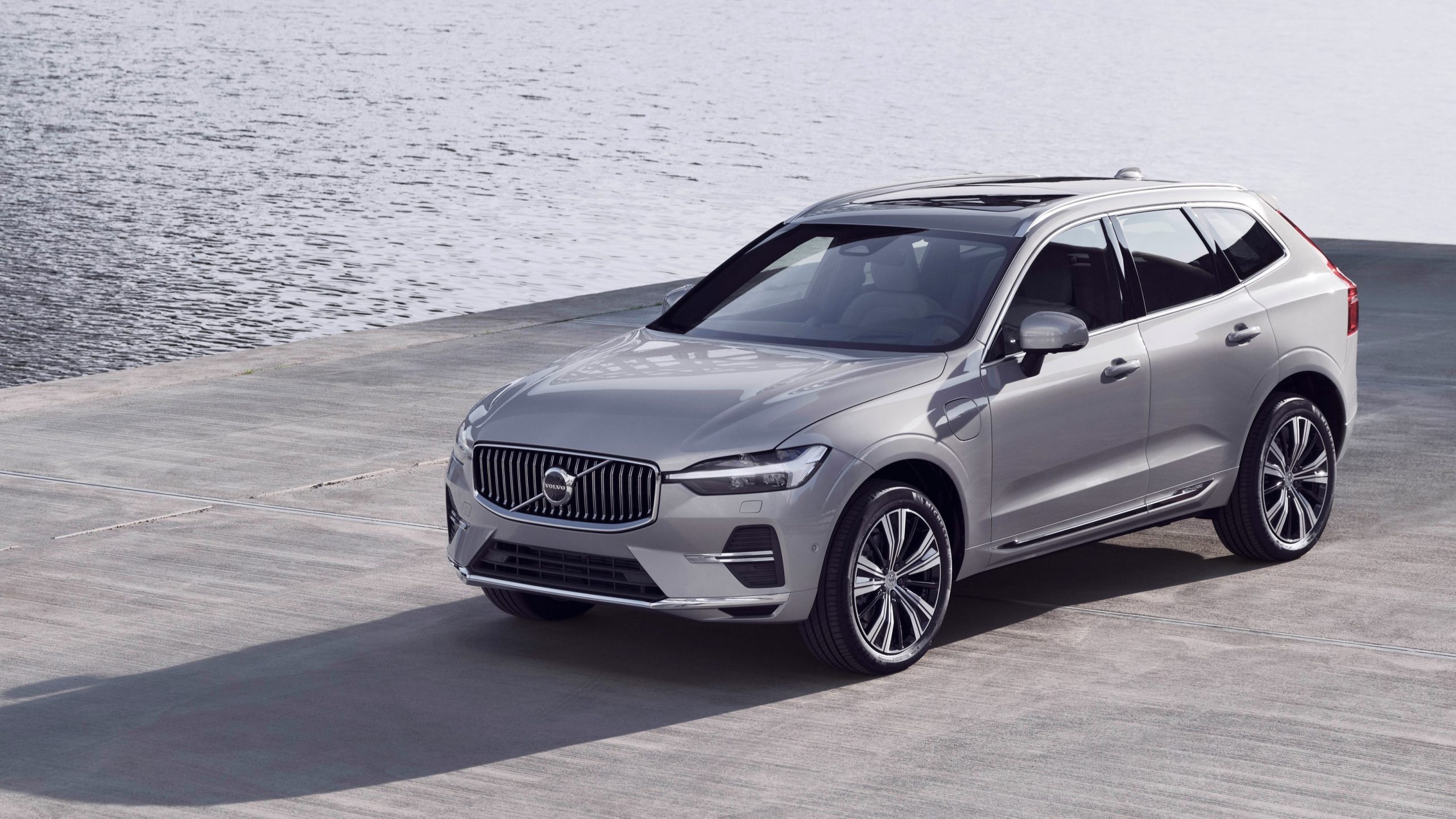
XC60 for cross-country range
Perhaps the best alternative to Volvo C40 Twin Motor, is another Volvo. The XC60 T8 Recharge. It’s an excellent example of the bridging technology available for those buyers who are battery vehicle curious, but want the autonomy of driving 1000km, with minimal refuelling times, which is what a PHEV offers.
Like the Twin Motor C40, Volvo’s XC60 T8 Recharge offers tremendous acceleration. Its twin-charged 2-litre four-cylinder engine is supplemented by an onboard battery pack and electric, to create the most powerful Volvo ever offered in the local market.
With 340kW and 709Nm, roll-on acceleration is dramatic. But you can average less than 5l/100km during your weekly commute, especially in traffic, by using the XC60 Recharge’s 45km of electric driving range.
In high demand driving markets like South Africa, where distances are huge, speeds are high, and recharging infrastructure is sparse, the PHEVs is supreme.
Unlike other luxury car companies which have only opted to deliver very mild integrated hybrids (with tiny batteries, and limited benefit because they can’t be plugged-in to recharge), XC60 Recharge offers the best of both. True electric driving range for inner-city driving, and convenient rural driving range, thanks to the convenience of petrol refuelling.

The pragmatic choice
With its pure EV powertrain, you could argue that the C40 Twin Motor is the most advanced car. It rides on a newer platform, so in a sense, that would be true.
However, regarding South African driving conditions and recharging infrastructure, the XC60 T8 makes much more sense. It delivers unimaginably low fuel consumption for a luxury car during inner-city driving, without any range anxiety when touring. And for most South African buyers in the luxury vehicle market, that makes the most sense.
If you remain disciplined with that home top-up charging routine each evening, you’ll rarely have to visit a public charger. The much larger C40 Twin battery pack (nearly four times the size) will always be beyond the capacity of even a generously sized home charging installation.
There’s also a closer alignment of battery capacity and home-recharging potential with the PHEV option, instead of going all-in on EV. The XC60 T8’s much smaller battery pack will reach full recharging capacity far easier on a home solar system.
Volvo’s station wagons have always been iconic and terrific family cars. And for families with a sense of futurism about their luxury car needs, and responsibilities, the XC60 T8 Recharge is Volvo’s best plug-in bet.
